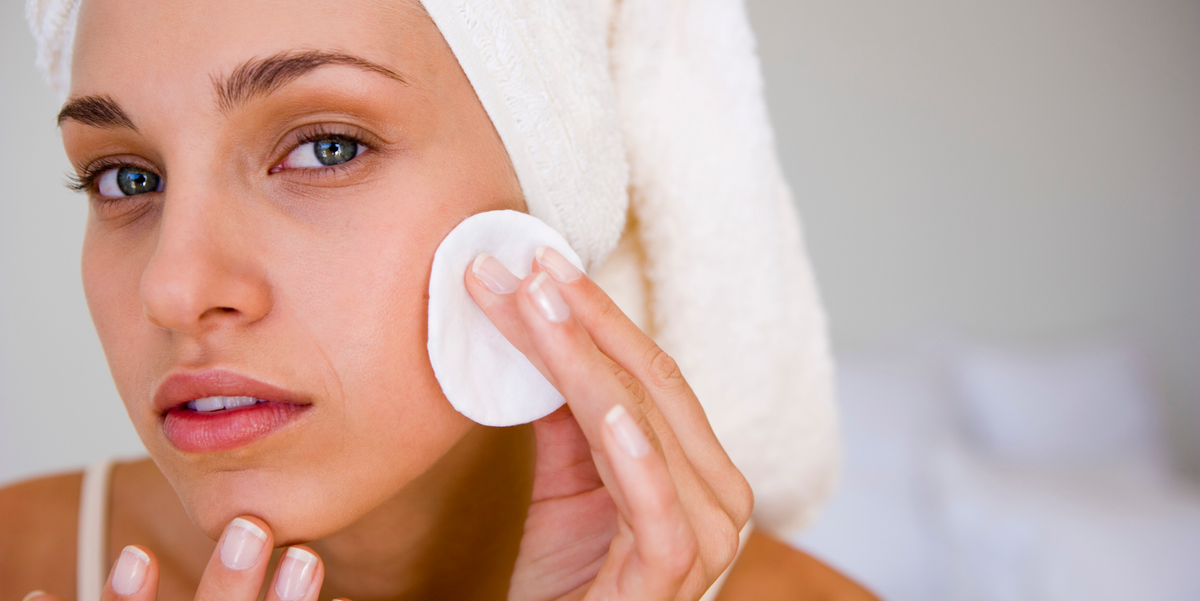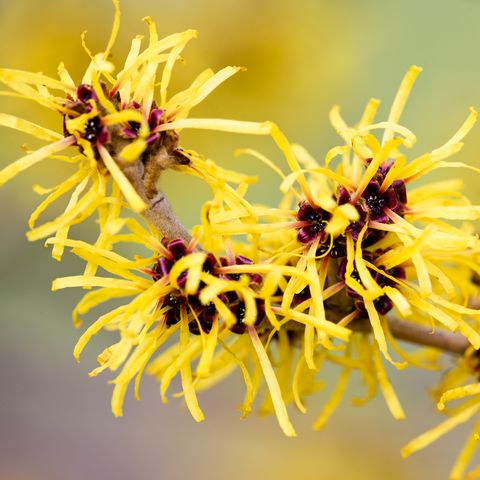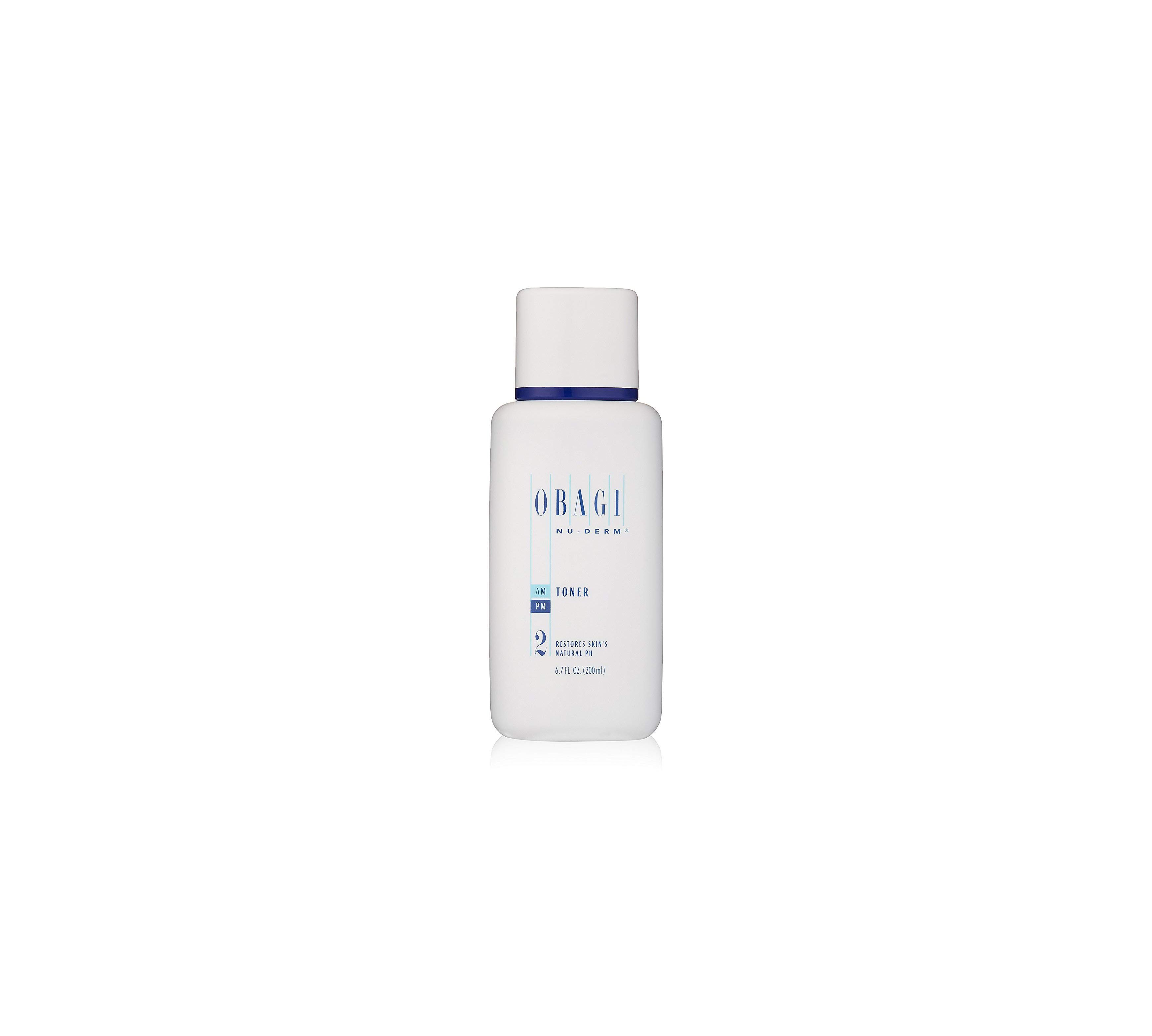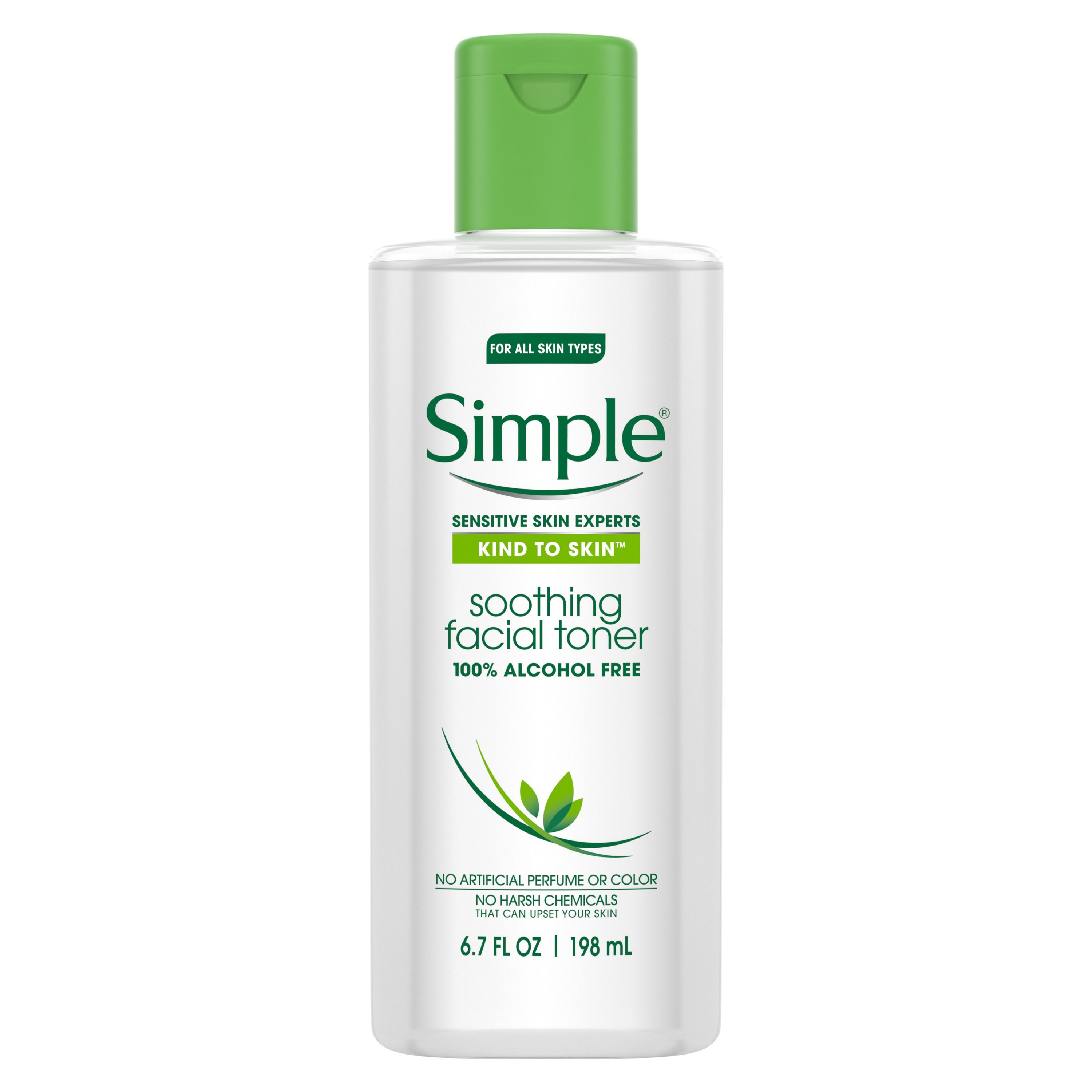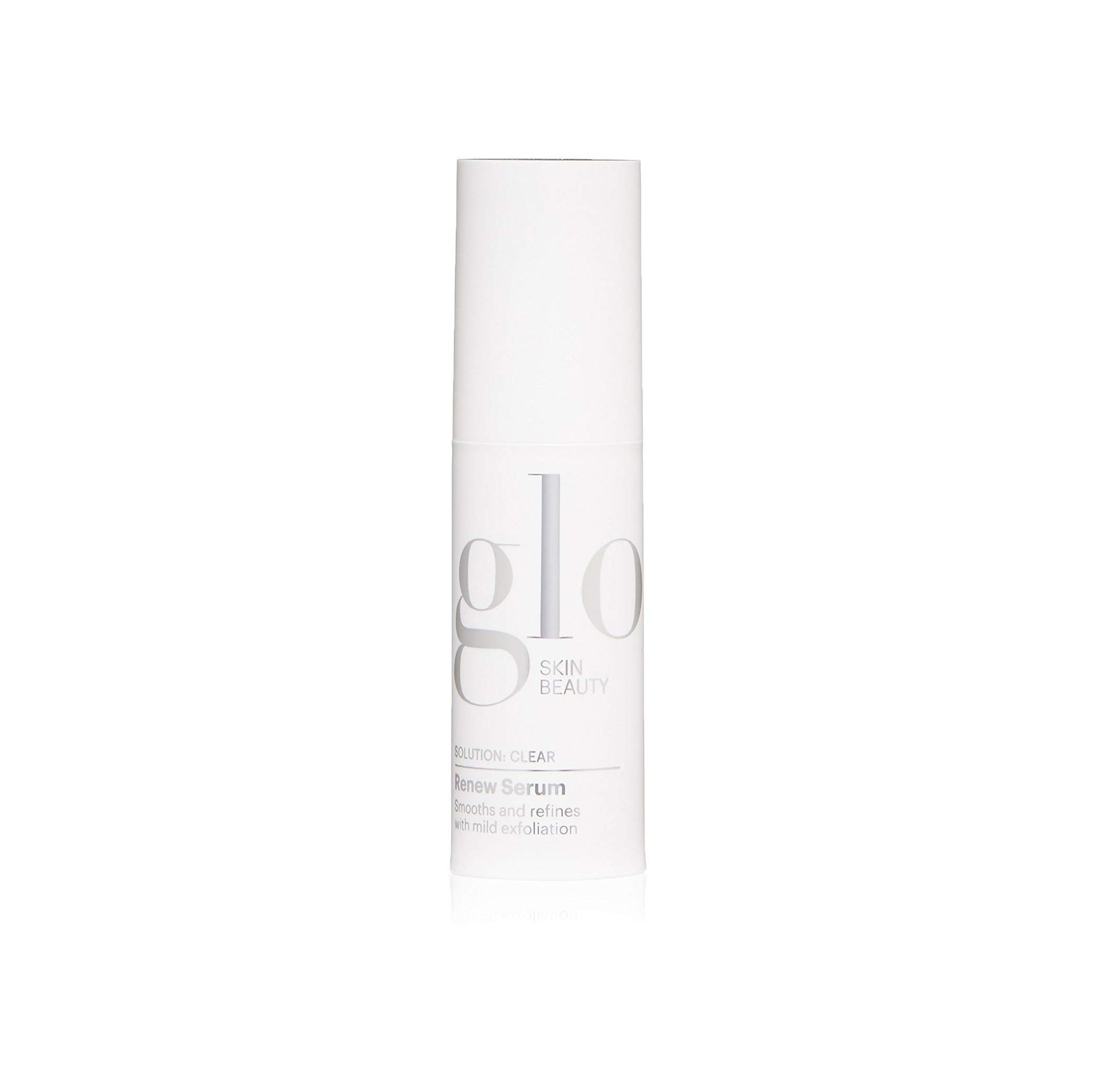[ad_1]
If you’ve been on the prowl for ways to fine-tune your skin care routine—say, by adding more natural ingredients to your repertoire—you may have noticed that witch hazel is starting to make a comeback.
Best known for shrinking pores and easing inflammation, witch hazel is already a key player in a variety of beauty products. “Its unique properties offer medicinal anti-inflammatory and anti-viral qualities that are often used as a topical botanical in skin care,” says Joel Schlessinger, MD, Omaha-based board-certified dermatologist and cosmetic surgeon.
But is witch hazel worth the hype—and more importantly, should you create a spot for it in your medicine cabinet? Here’s everything you need to know about the potential skin benefits of witch hazel.
What is witch hazel, exactly?
“Witch hazel is a tree-like plant indigenous to North America and parts of Asia,” says Dr. Schlessinger. “Products that offer benefits from witch hazel generally contain witch hazel extract derived from either the bark or leaves of the plant.” Once it’s harvested, the bark and leaves are distilled to bring out the active chemical compounds of the plant.
Unfortunately, much like other herbal remedies, there are very few scientific studies backing the skin benefits of witch hazel. But because it’s pretty easy on the wallet and, in general, doesn’t cause adverse effects (unless you’re allergic or have a pre-existing skin condition, such as rosacea), it might be worth giving it a whirl—particularly, if your skin’s on the oilier side.
The benefits of witch hazel for your skin
Wards off signs of aging
The polyphenols witch hazel contains may help fight premature aging: “Theoretically, witch hazel may have antioxidant effects that help mitigate and prevent free radical damage to skin from UV [rays] and oxidizing air pollution,” says Los Angeles-based board-certified dermatologist Tsippora Shainhouse, MD. Plus, its astringent properties can make your skin look firmer.
Tightens pores
“Witch hazel is a rich source of constricting compounds that make the proteins inside skin cells come together,” says Deborah Longwill, DO, board-certified dermatologist and founder of Miami Center for Dermatology. The result? It temporarily makes your pores appear smaller.
Reduces inflammation
The natural tannins that witch hazel contains may temporarily calm the appearance of red, irritated, or blotchy skin, says Dr. Shainhouse, making it a handy product to have around when breakouts, insect bites, or a pesky sunburn are cramping your style.
Sops up oil
Witch hazel is extremely antioxidant-rich with tannins, which act as a natural astringent on the skin that can help to sop up excess oil, says Dr. Schlessinger. This is why it’s such a popular ingredient in toners and mattifying products.
Fights acne
Besides witch hazel being an astringent that decreases oil and redness, the antimicrobial properties of tannins can reduce bacteria growth on the skin, says NYC-based board-certified dermatologist Debra Jaliman, MD, author of Skin Rules. So not only can it show acne bacteria who’s boss, but reduce the irritation that can strike when breakouts do happen.
Soothes puffy eyes
Thanks to its anti-inflammatory and astringent properties, witch hazel may reduce puffiness and soothe the under-eye area, says Dr. Longwill, while also providing a tightening effect.
Improves skin tone
Because witch hazel’s various properties refine the appearance of pores, reduce inflammation, and tighten the skin, this trifecta of perks adds up to a more even skin tone, says Dr. Longwill.
How to choose the best witch hazel for your skin
Go alcohol-free: Witch hazel is typically extracted with alcohol to create an astringent toner; however, “if the alcohol content is too high for your skin, it will dry out or cause disruption to the skin’s barrier function,” says Dr. Longwill. For this reason, dermatologists recommend choosing a witch hazel product that’s alcohol-free—especially if you’re planning on making the ingredient a regular in your skin care routine.
Check for moisturizing ingredients: When purchasing witch hazel, Dr. Longwill recommends looking for products that also contain hydrating ingredients, such as hyaluronic acid or aloe vera, so that the delivery of the product isn’t too drying to the skin.
Do a patch test: To avoid an adverse reaction, read the label to make sure it doesn’t contain any ingredients that you’re sensitive or straight-up allergic to, says Dr. Schlessinger. If you’re not sure, test the product on a small, concentrated area of skin first—say, on your arm—to see if a reaction occurs before using it on your face.
How to add witch hazel to your skin care routine
When it comes to witch hazel, moderation is key—otherwise, you run the risk of voiding the potential benefits. Using too much too often can cause adverse reactions (such as drying out the skin and damaging the protective skin barrier) that leave skin irritated and more sensitive to topical products, says Dr. Shainhouse.
The most convenient way to add witch hazel to your skin care routine is to use it as a toner: Wash and rinse your face with a gentle cleanser, then add a few drops of witch hazel to a cotton ball and apply it to your face, says Dr. Jaliman. (There’s no need to rinse it.) Finally, apply a face moisturizer afterward to lock in hydration.
Or, if you decide on a product that includes witch hazel instead of using it straight-up, apply the product as directed on the label. If a reaction occurs, discontinue use and check in with your dermatologist.
Krissy is a regular contributor to Prevention, and she also writes for Cosmopolitan, Weight Watchers, Women’s Health, FitnessMagazine.com, Self.com, and Shape.com.
[ad_2]
Source link
